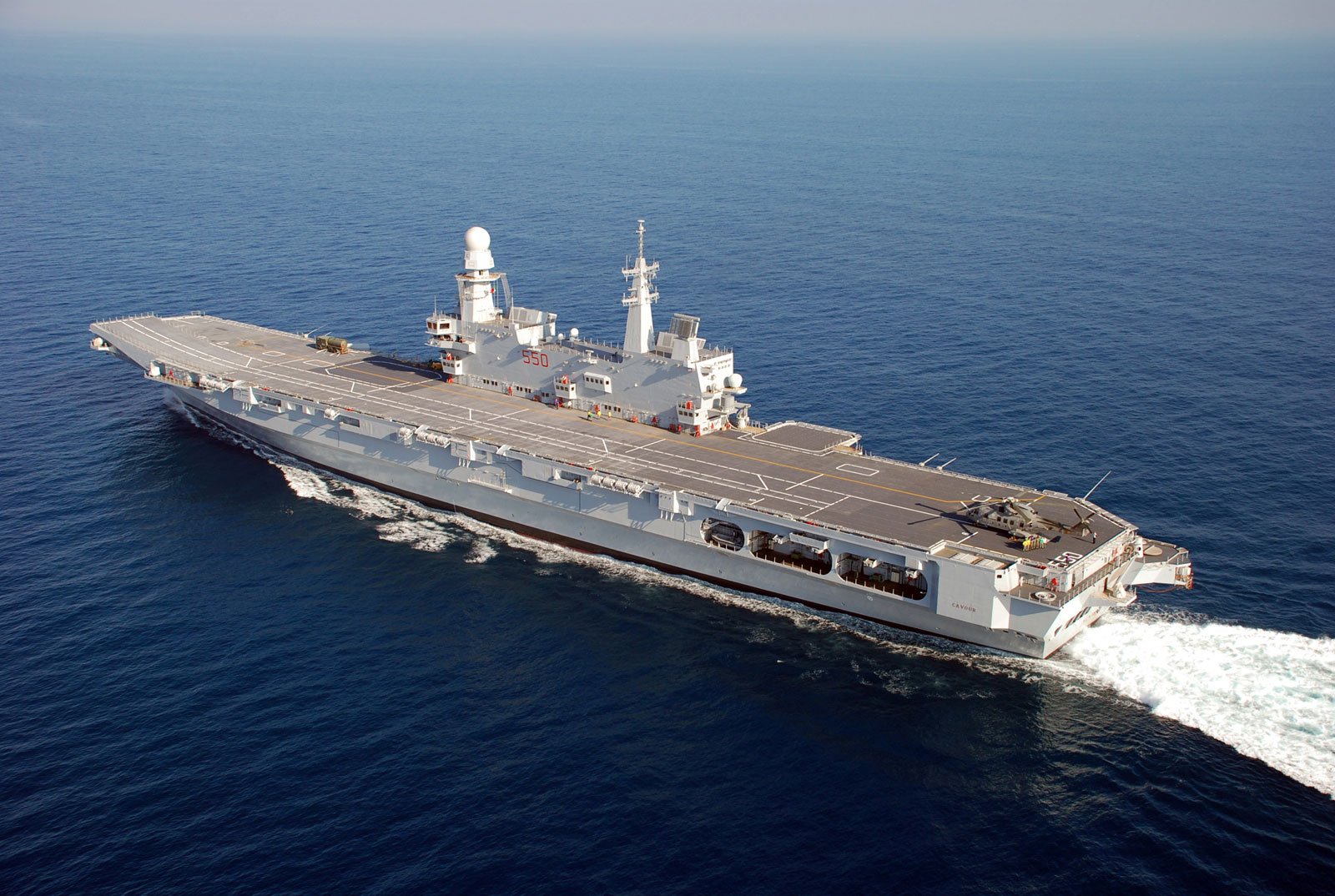Italy is embarking on an ambitious initiative to modernize its naval forces with the early research of a new generation aircraft carrier under its defense plan for 2025-2027. This significant move is part of a broader defense budget of 31.2 billion euros (approximately $36.2 billion) for 2025, marking a 7.2 percent increase from the previous year.
The project, known as “Portaerei di Nuova Generazione” or New Generation Aircraft Carrier, allocates funding for feasibility studies aimed at examining the potential design and capabilities of a multi-role carrier. The budget details include 3 million euros ($3.4 million) earmarked for 2025, 1 million euros ($1.1 million) for 2026, and an additional 2 million euros ($2.3 million) in 2027.
While the project does not explicitly confirm the use of nuclear propulsion, a related study is being conducted by a consortium comprising Fincantieri, Ansaldo Nucleare, RINA Services, and the University of Genoa. This study focuses on innovative concepts for compact lead-cooled fast reactors, which could provide approximately 30 megawatts of power, an ideal fit for the extensive operational requirements of aircraft carriers.
If successfully approved, the proposed vessel is anticipated to replace the Italian Navy’s existing flagship carrier, the ITS Cavour, by the decade’s end. The new aircraft carrier may also boast advanced technologies, including electromagnetic aircraft launch systems, enhancing its operational effectiveness.
Currently, Italy employs F-35B Lightning II jets aboard its carriers, with 15 jets assigned to the naval force and another 15 under the air force’s command. The integration of modern aircraft into naval operations is a critical component of Italy’s strategy to ensure maritime readiness.
In addition to the carrier project, the defense plan confirms the acquisition of six Maritime Multi-Mission Aircraft for the Italian Air Force. This procurement addresses a capability gap that emerged following the retirement of the Bréguet 1150 Atlantic fleet in 2017. Italy is reportedly considering the acquisition of Japan’s Kawasaki P-1 maritime patrol aircraft, which specializes in anti-submarine warfare.
The overarching strategy also envisions the development of a next-generation submarine alongside the aircraft carrier initiative. Although details regarding the new submarine remain sparse, it is expected to complement the capabilities of the Italian Navy’s existing Sauro-class (Type 212) submarines, which date back to the late 1970s, and their successors, the Todaro-class (Type 212A) fleet.
Italy’s defense modernization efforts signal its commitment to strengthening maritime security and enhancing its operational capabilities in a rapidly evolving geopolitical landscape.















